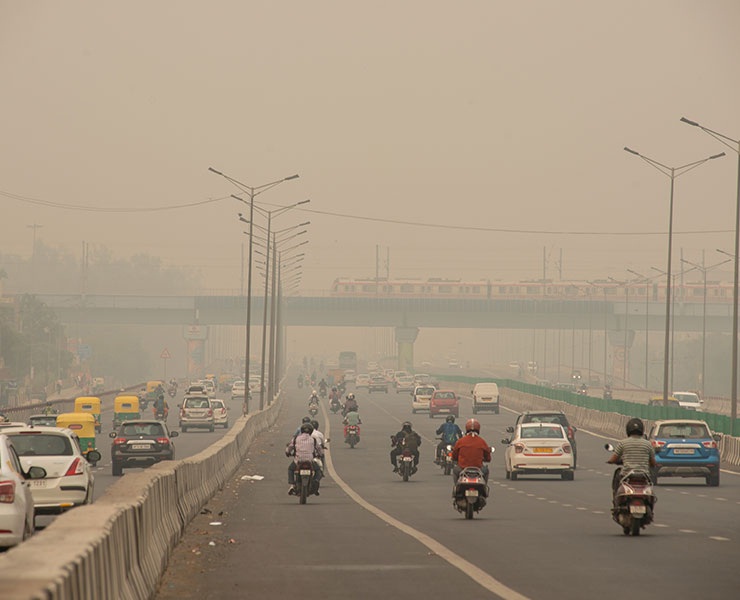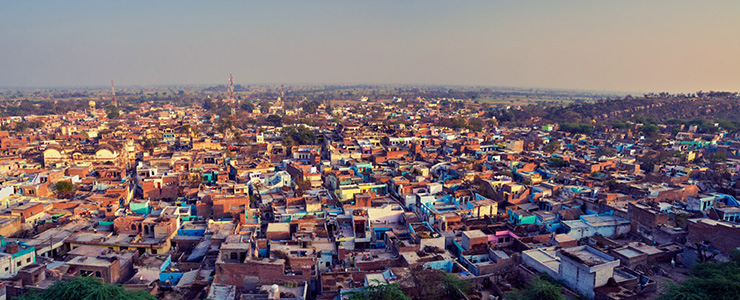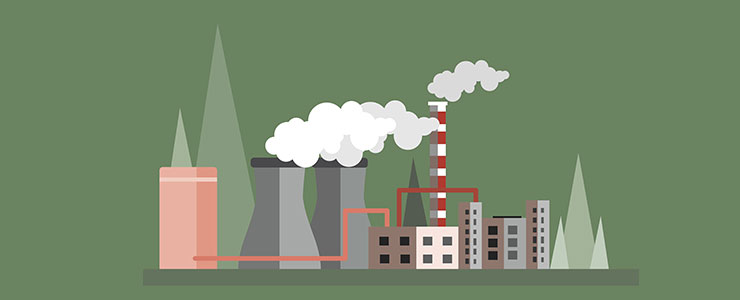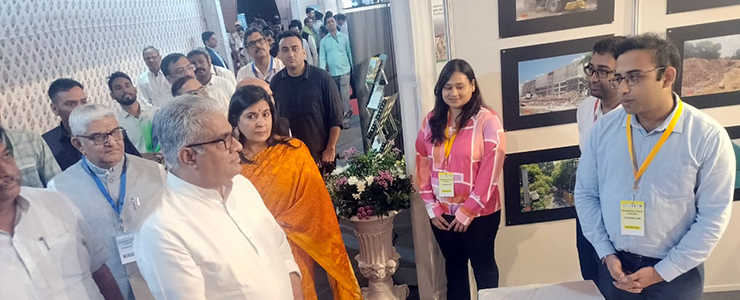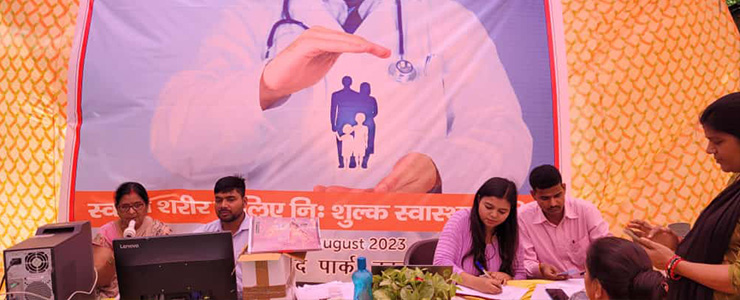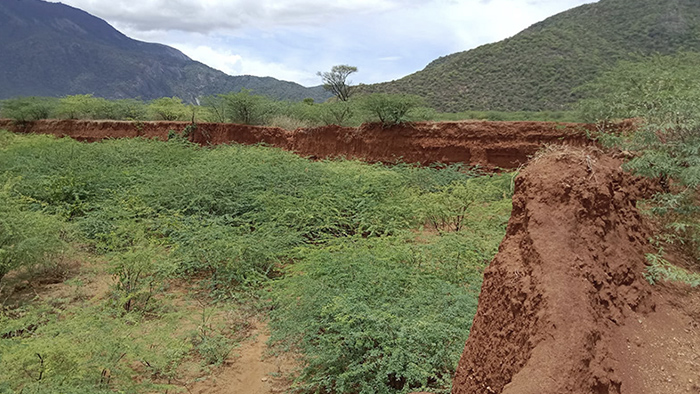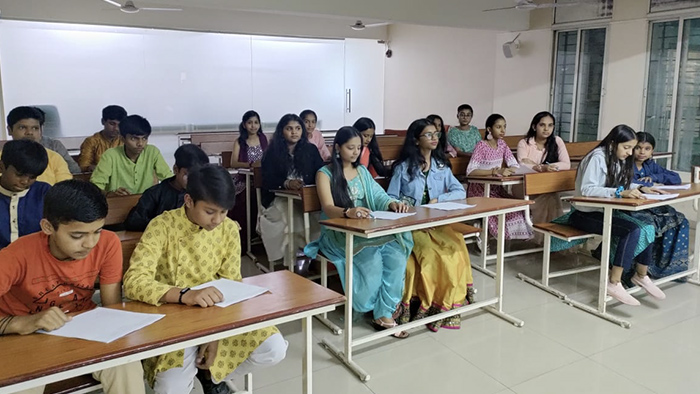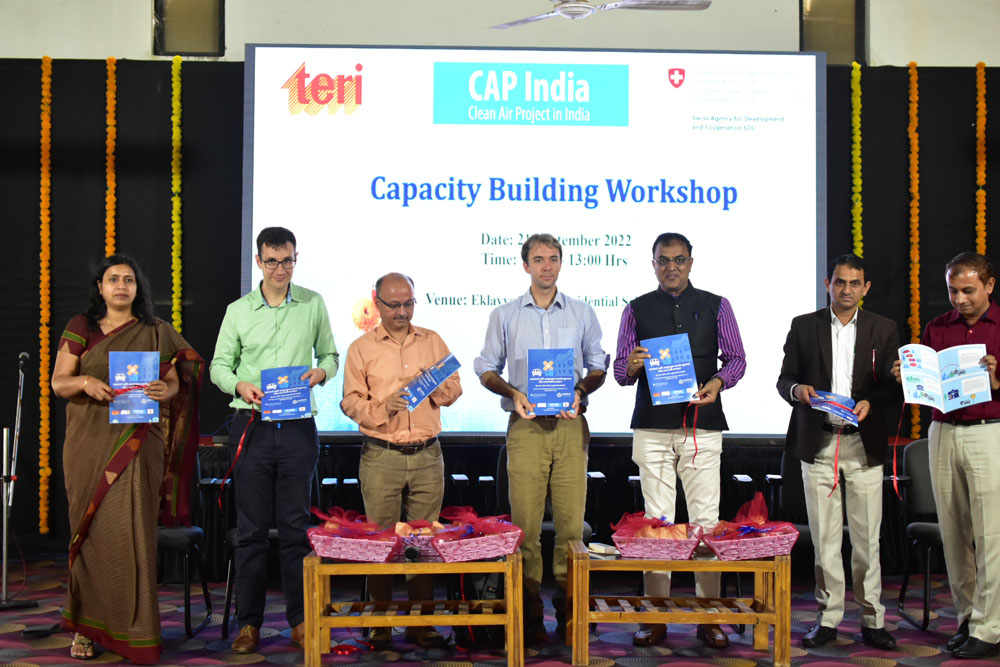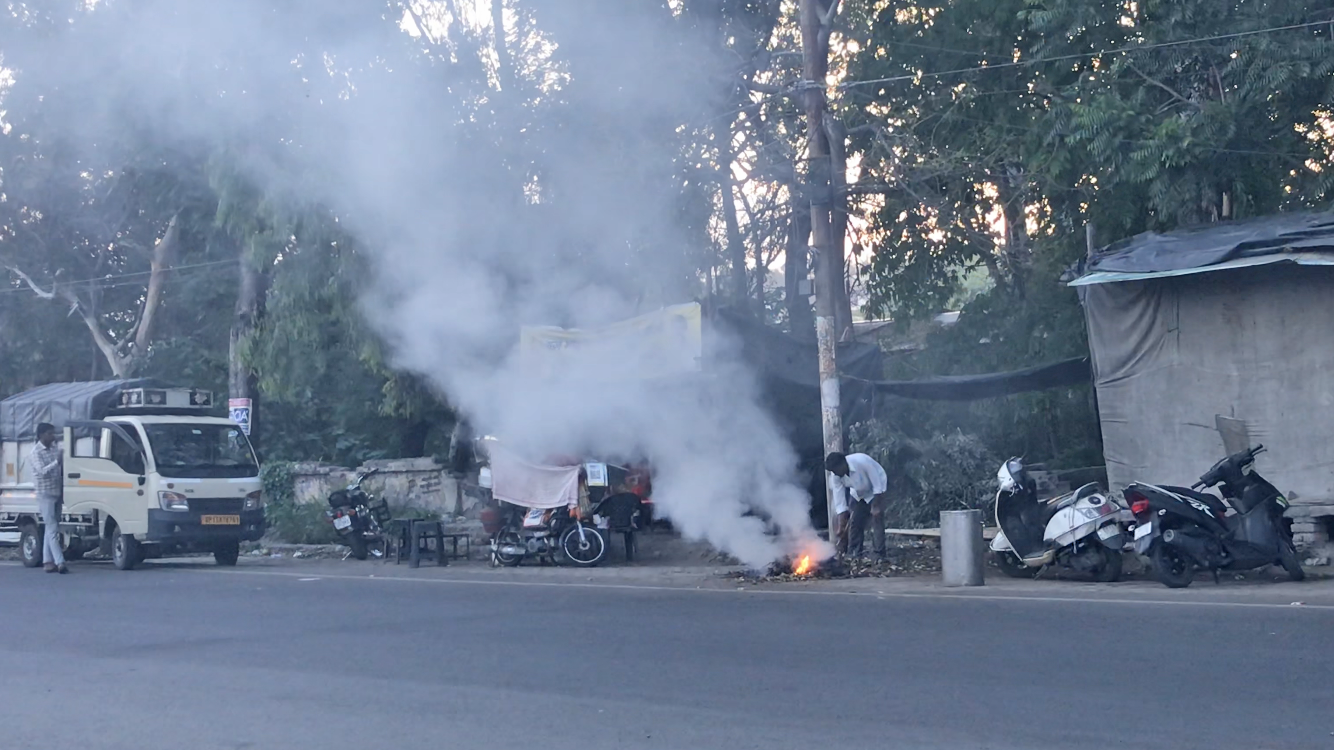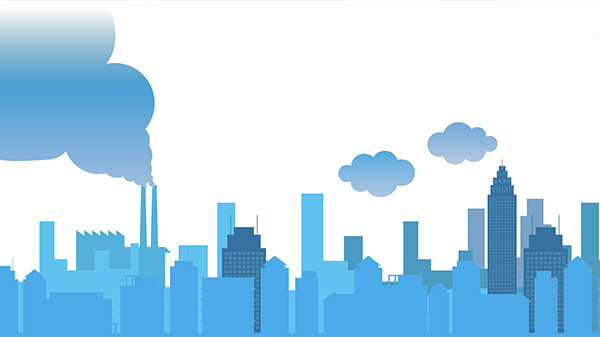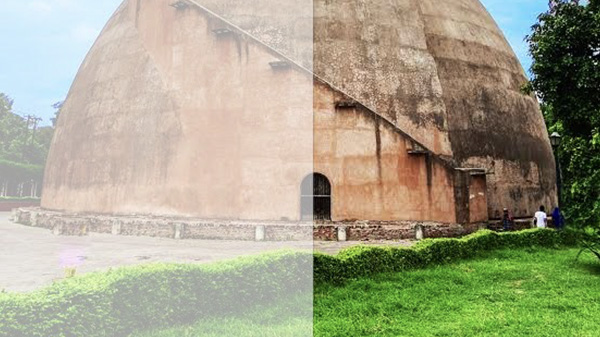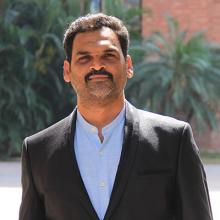A four-point strategy to end Delhi-NCR’s deadly smog cycle, according to TERI Fellow
December 1, 2025
| ABP Live
The air pollution crisis this year has been much worse. Clearly, it is time to think afresh and consider some out-of-the-box radical ideas, writes Mr Ajay Shankar, Distinguished Fellow, TERI.
Air pollution: Delhi goes for a soft battle against a tough enemy
November 23, 2025 |
November 23, 2025
Business Standard
Mr R Suresh, Senior Fellow at the Air Quality Research Division of The Energy and Resources Institute, stated that the air quality in Delhi is influenced by emissions throughout the region. He added sustainable improvement requires a systemic approach and strengthened collaboration.
AQI 'very poor' in Gurgaon, air near Aravalis worse as mercury dips and wind slows down
November 17, 2025 |
November 17, 2025
The Times of India
PM2.5 levels were highest in TERI Gram (315 µg/m³), followed by Gwalpahari (296 µg/m³) and Sector 51 (265 µg/m³). PM10 levels were also the highest in TERI Gram (312 µg/m³), followed by Gwalpahari (267 µg/m³) and Sector 51 (201 µg/m³). The CPCB's annual average permissible limits for PM2.5 and PM10 are 60 µg/m³ and 100 µg/m³ respectively.
Smog still hangs heavy, Gurgaon’s air remains ‘poor’ with AQI 278
November 15, 2025 |
November 15, 2025
The Times of India
Particulate matter levels underline the problem. Sector 51 reported the highest PM2.5 concentration at 365 µg/m³, followed by Gwalpahari at 343 and Vikas Sadan at 276. TERI Gram recorded the highest PM10 level at 343 µg/m³, followed by Sector 51 at 338 and Gwalpahari at 254. PM10 data for Vikas Sadan was not available. All stations remain above the CPCB limits of 60 µg/m³ for PM2.5 and 100 µg/m³ for PM10.
Poor AQI in Faridabad: Study indicates dust major contributor in PM 10 escalation
November 11, 2025 |
November 14, 2025
The Tribune
With Faridabad experiencing “poor” Air Quality Index (AQI), with readings ranging from 204 to 264 over the last few days, the source apportionment study, conducted by the Energy and Resources Institute (TERI), reveals that road dust is the most significant contributor of the particulate matter (PM) 10, while industries majorly contribute towards PM 2.5.
Poor AQI in Faridabad: Study indicates dust major contributor in PM 10 escalation
November 11, 2025 |
November 14, 2025
The Tribune
With Faridabad experiencing "poor" Air Quality Index (AQI), with readings ranging from 204 to 264 over the last few days, the source apportionment study, conducted by the Energy and Resources Institute (TERI), reveals that road dust is the most significant contributor of the particulate matter (PM) 10, while industries majorly contribute towards PM 2.5.

